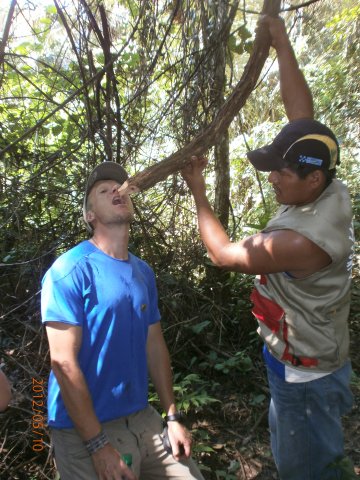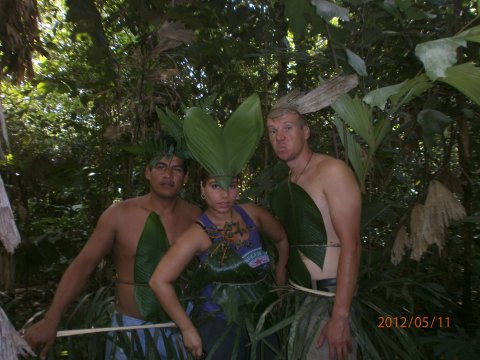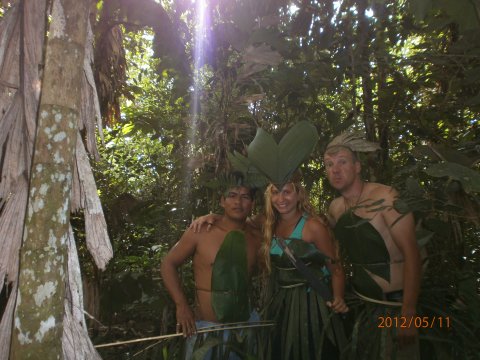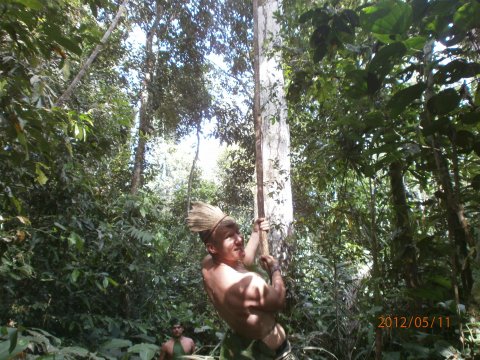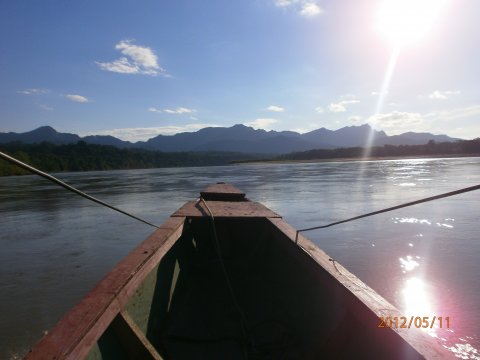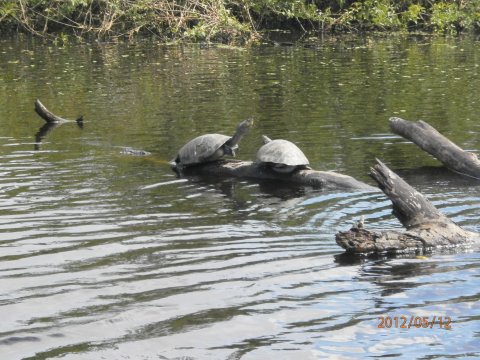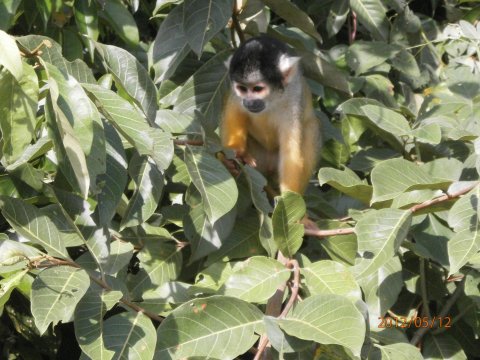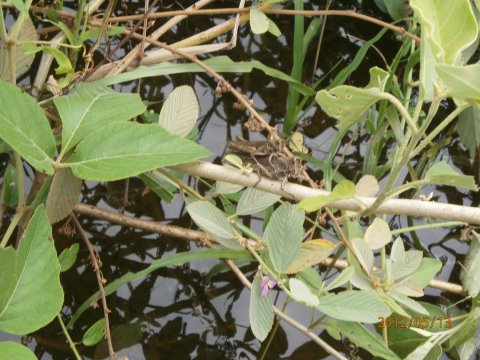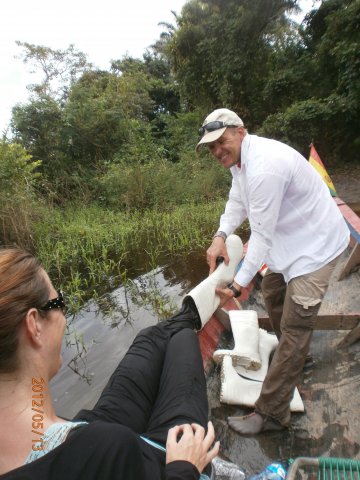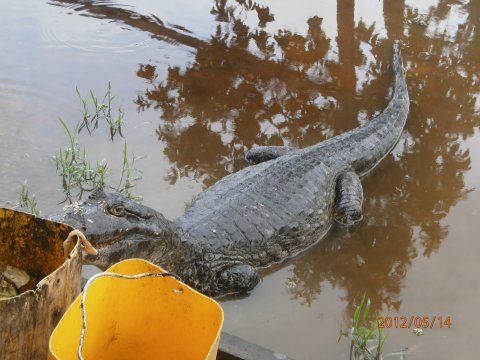I Decided to finish my trip to Bolivia by visiting Rurrenabaque in the department of Beni. The town is famous of it`s beatuful surroundings and ecotourism. I decided to fly there from La Paz, because the journey by bus would have taken at least 18 hours on a bad road. In La Paz I had to go the airport at 4 a.m, because it wouldn`t have been possible later due to strikes and blockades on the roads. At the airpot I suddenly heard somebody speaking a stange language that I understood. It was quite weird to meet the first Finnish people for 8 months.
My first trip in Rurre was to a jungle located in Madidi national park where all the flora and fauna is protected by a law. Local communities are also having different kind of conservation and ecotourism projects. Nevertheless I decided to do my trip with a commercial agency mainly because of the cheap price. They also practise the responsible tourism, because their customers have to pay an entrance fee (14€) to a park and respect the immunity of the nature. We stayed in a resort located 2 hours (by boat) upriver from Rurre. Every day we did walks to a surrounding jungle where our guide explained us about the animals and plants in Spanish which I tried to translate to a rest of the group. As a native he knew lot of intresting facts about the animals and plants. The jungle is a fascinating and exciting enviroment, because of the unpredictable behavior of the animals (you never know what you going to see) and the interesting features of the plants and the trees (some of them are extremely poisonous and some serve as mecicine or drugs). During our stay we saw a cabiwara, wild pigs, parrots, spiders, frogs, some interesting insect and the footprints of jaguar (I wouldn't like to meet this guy in a forest). In the last day the girls from Israel wanted dress up like indians which was fine to our guide. We also did some handicrafts from natural materials.
The next trip was to Pampas, the lowest area of Bolivia. There you can basically sit on the boat watching abundant wildlife on the riverbanks of Yacuma. The nature is still quite intact due to difficult access to area. It is guaranteed to see lot of birds, reptails and mammals. We were lucky to have a small group, a knowlegeable guide, good cook and a quiet accommodation by the river. In the group of four people there were two Finnis people, which is very uncommon. After a rivertrip for three hours we went to watch the sunset to a resort that wasn't as nice as ours with much more people staying there. On a way back our guide explained us about the stars above us.
The next day we went to spot for the Anacondas, but we couldn't see any. It was interesting to walk on a swamp and listening to our guide explaining about the big snakes and the fire that killed most of them. In the afterniin it was time to fist the Piranjas. It turned out to be more of a Piranja feeding and I could catch only one small fish. Our guide caught few, but it wasn't enough for a dinner.
After going back on a third day we swam in the river with pink dolphins. The swimmin is safe, because the dolphins keep away all the nasty creatures ahich would otherwise eat you alive. They are actually very friendly and want to play with people. Those who got touched said that they are slimy like fishes in general. On the afternoon we had to leave our lodge and go back by boat to a nearest village. It was raining more or less the whole day and of course we got wet in the boat without the roof. Luckily the trip took only one hour, because we didn't for animal spotting anymore.
On our way back to Rurrenabaque there was total chaos on the road ("highway to Brazil"). One day of rain had made the road totally muddy. Lot of trucks and busses had got stucked and there was no passing. Luckily our driver was very experienced and used to drive in this kind of conditions. He could pass the trucks driving through the fiield beside the road. In order to make it possible we had to get off the car and walk on the muddy road. We made it to Rurre on a same day, but I wonder how long did it take to dig the trucks and busses out of the mud.

